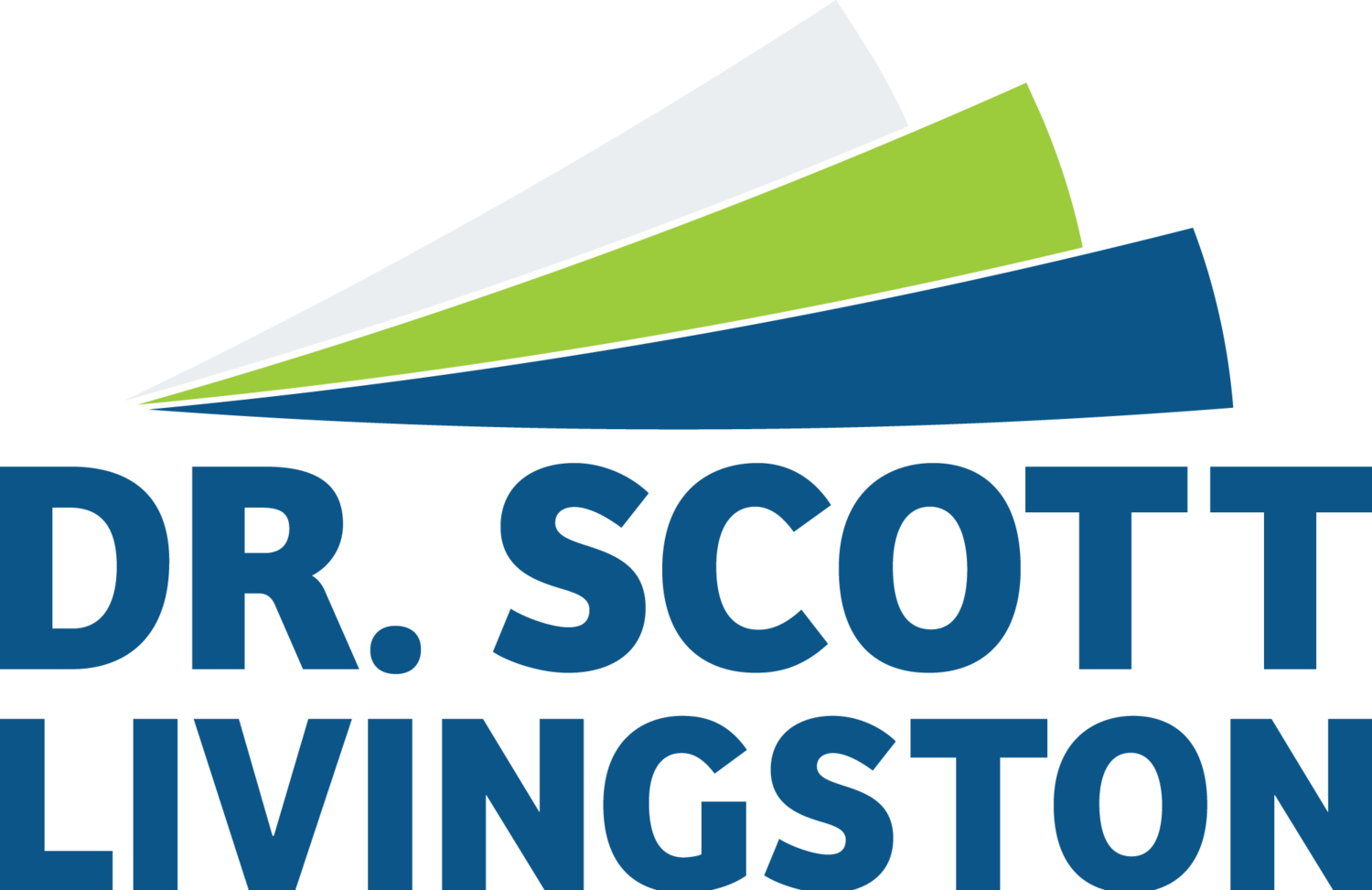One outcome of the global pandemic we are experiencing is that knowledge workers have shown it is possible for most elements of their work to be done remotely. While the impact on organizational culture is being questioned by many, including some of the leaders in the world’s largest technology organizations, the question “Is it possible for leaders to work remotely on a large scale?” has been clearly answered with a resounding YES!
So, if it is possible, two questions come to my mind.
Is it sustainable?
What development needs do leaders have in order to become more effective leading in a remote world?
Sustainable
I remember reading a book on Virtual Culture a few years ago written by Bryan Miles, who is the entrepreneurial founder of a company called Belay. The book begins by telling a story that happened in 2012. Marissa Mayer had left Google to become the CEO at Yahoo. As you probably recall Yahoo at the time was in trouble as an organization and the new plan included a move to keep employees in the office for a longer period of time. The transformation was to make the corporate offices a place employees wanted to spend their time. According to Miles, "Mayer's act went against corporate culture...by enforcing everyone come back to the office, Mayer tried to apply old-school collaboration to a group of people that did not want that style any longer."
Employees were NOT happier. Employees were NOT more productive. Employees did NOT feel more engaged at work. Miles concludes that management fell prey to the idea, "If I can't see you, I can't control you...How do I know you are working?”
So if:
Knowledge workers have shown it is possible to work remote
AND
There are historical examples of forcing old paradigms having organizational backlash...
Does the question become "How do we develop our leaders to lead virtually?"
Before we dive too deeply in the area of developing virtual leaders, there is one really important thing to recognize. Some of you are locked into long-term leases with lots of office space. Others of you have built buildings very recently to house the future growth you saw in your organization over the next decade. Many of you are scratching your heads asking, "What are we going to do with all this space?" It is a good question. One that will take some intense and courageous conversations amongst the leadership teams. My only thought for all of you wrestling with this is to not lose sight of talent, and how your talent may want to work. Wrestle with questions like:
What will drive our business in the future? The talent we have on the team or where they sit?
How personally collaborative do we really need to be?
Are their other creative ways to use our space?
What does our leadership team need to be flexible on? (I saw recent quote from a Harvard Business Professor who says we need to be ready for a transition from traditional consecutive 8 hours to more of a 3-2-2 format with long breaks between working cycles.)
How do we help remote workers create boundaries for work? (vacation, sick leave, bereavement, etc.)
Development Needs
While the argument rages across all media platforms as to the future of remote work, one thing is for certain, some aspect of leading remotely is going to stay with us. The technology is just too good to ignore. The fact is, some leaders and some teams at some point are going to be working remote. While the ratio will likely become an individual organization decision, the fact remains that our leaders will need to improve their remote leadership skills.
Here are 7 things I am thinking about with some of my clients as they plan how to spend development dollars.
Creating Emotional Connections. When we are online together it is way too easy to just "get down to business.” I saw this myself this morning when I was working with a client. We jumped on the call together and the client pulled up their action plan and just wanted to get started.
Camera Presence. Many folks are really good in terms of how they show up. It is interesting however to put them on camera and they loose eye contact, or look like they have not combed their hair in days. I think we need to start thinking about things like presence if working from home is going to be more of a reality.
Delivering Negative Realities. Many of us do not like discussing performance issues in person and yet doing it virtually seems even harder. The camera brings a level of sterility, almost an antiseptic feeling. What is missing is that human element of compassion that just does not seem to translate over video. Some good "how too" training on delivering feedback virtually might be in order.
Working On Growth and Development Opportunities. Finding areas of growth for team members might be more difficult because networking in general is more difficult. We may have to be a lot more intentional about networking opportunities and about finding opportunities that fit individual development plans.
Linking Employee Work to the Bigger Mission of the Organization. While many of us have not noticed our number of meetings going down, what has changed is how people are feeling connected to the larger mission of the organization. Leaders are going to have to become intentional about connecting individuals to the broader organizational mission.
Celebrating Successes. Let's not forget that work can be fun. How can leaders be intentional with celebrating the success of the team or individuals?
Have some Fun. Adults want to learn, grow, self-actualize, and have fun. After all, if we are giving 8 or more hours a day to our work, having it be engaging is a good thing. Leaders will need to flex their creativity and have some fun so that people enjoy and want to be a part of the mission.
Finding ways to engage our employees virtually so that we retain and grow talent is key. The way we work is changing. We need to change along with it to ensure our talent is both happy and productive.




















